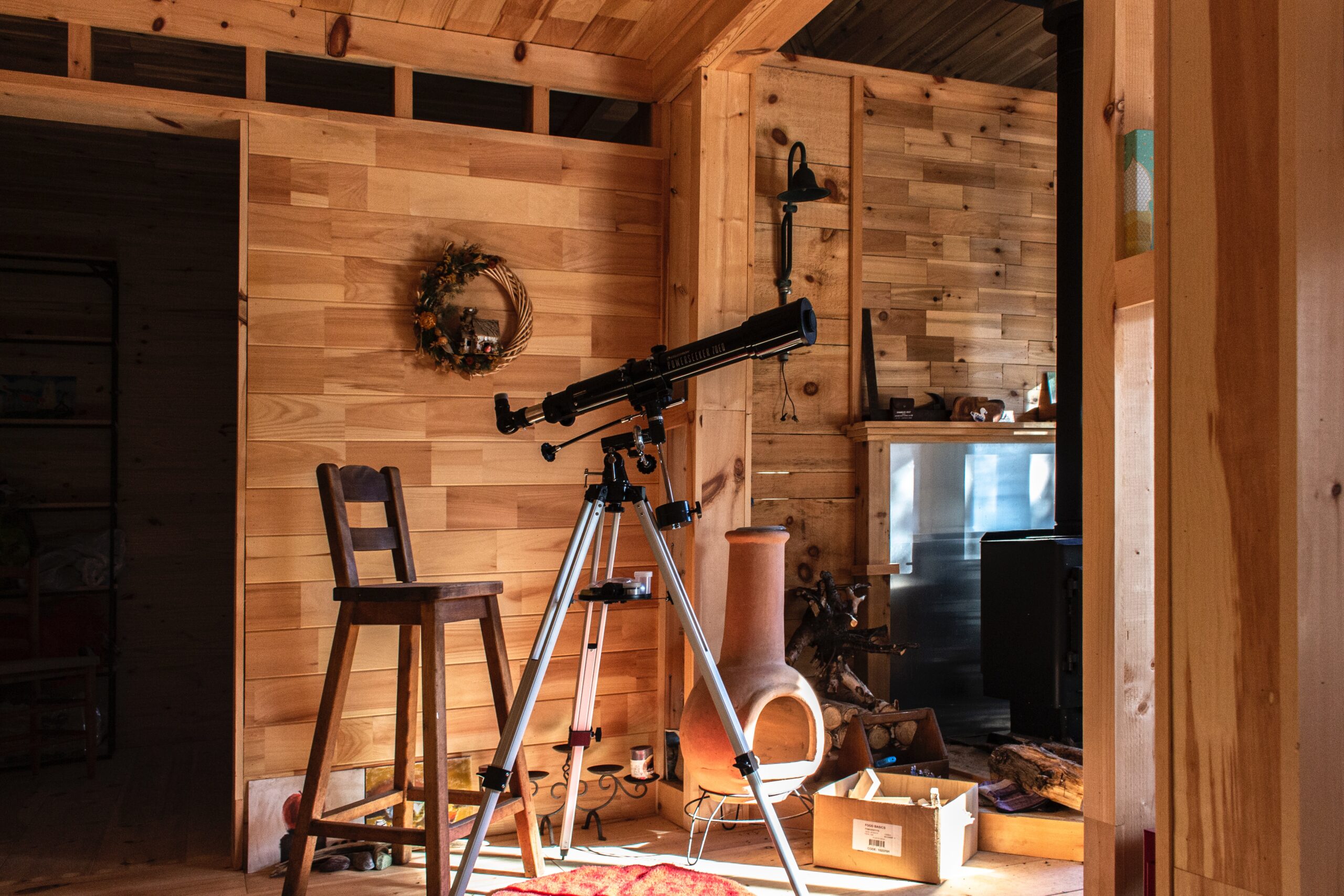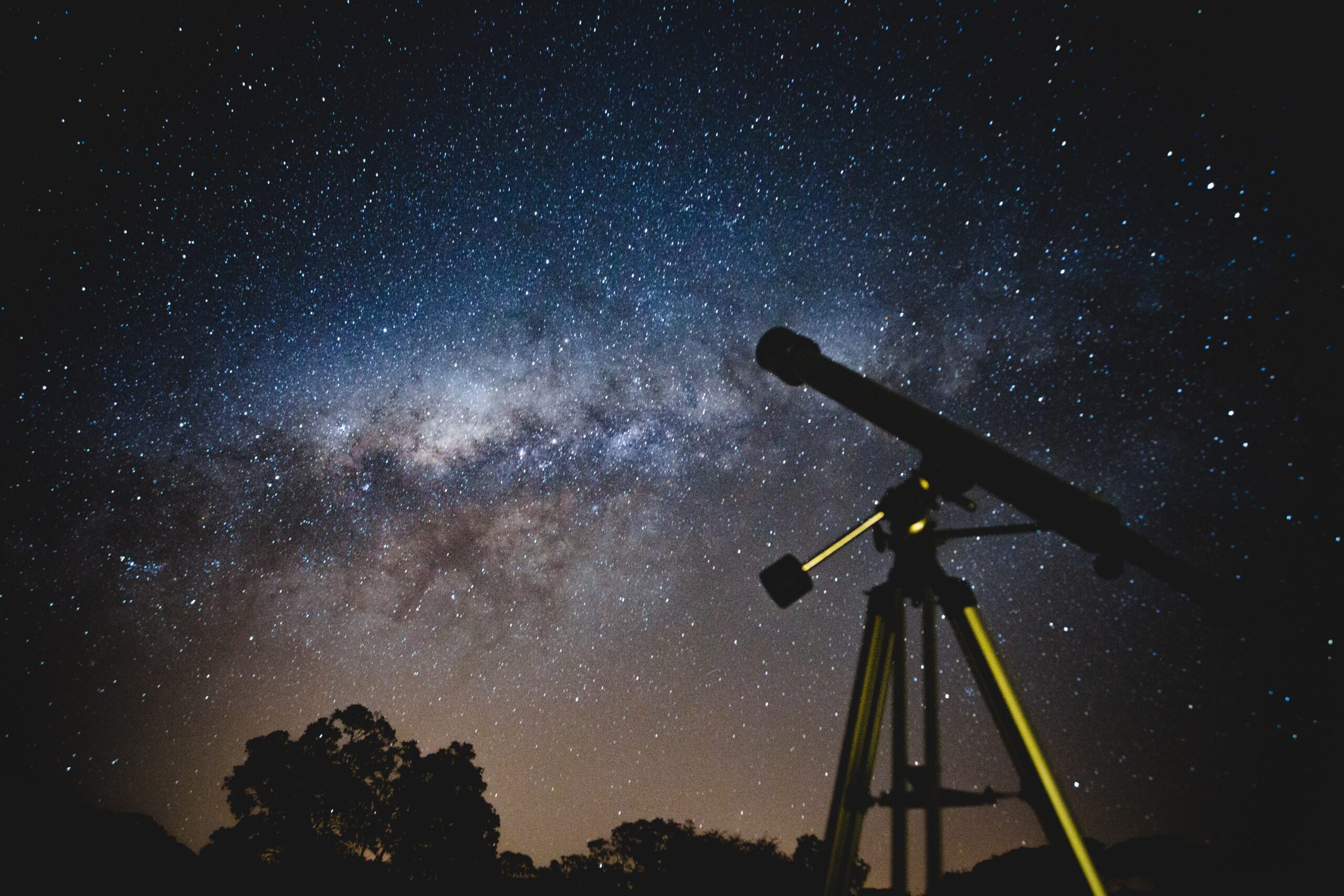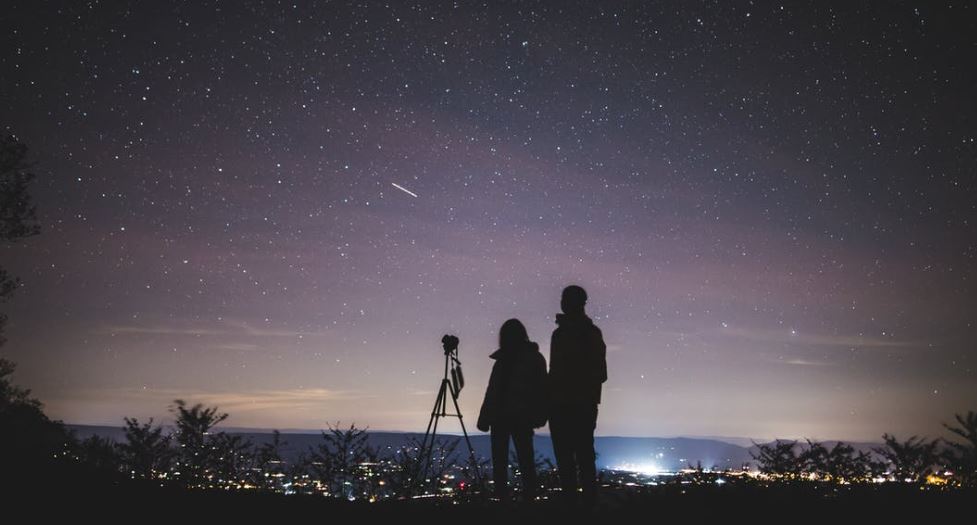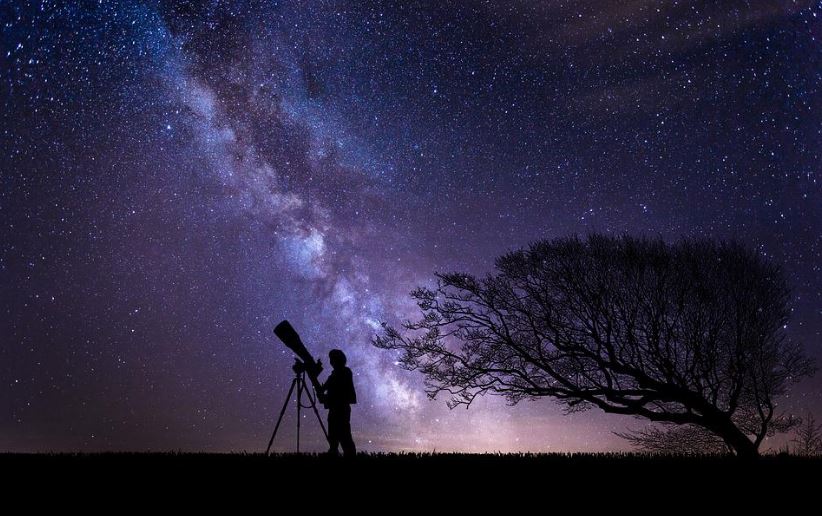Choosing the Best Telescope for Astrophotography
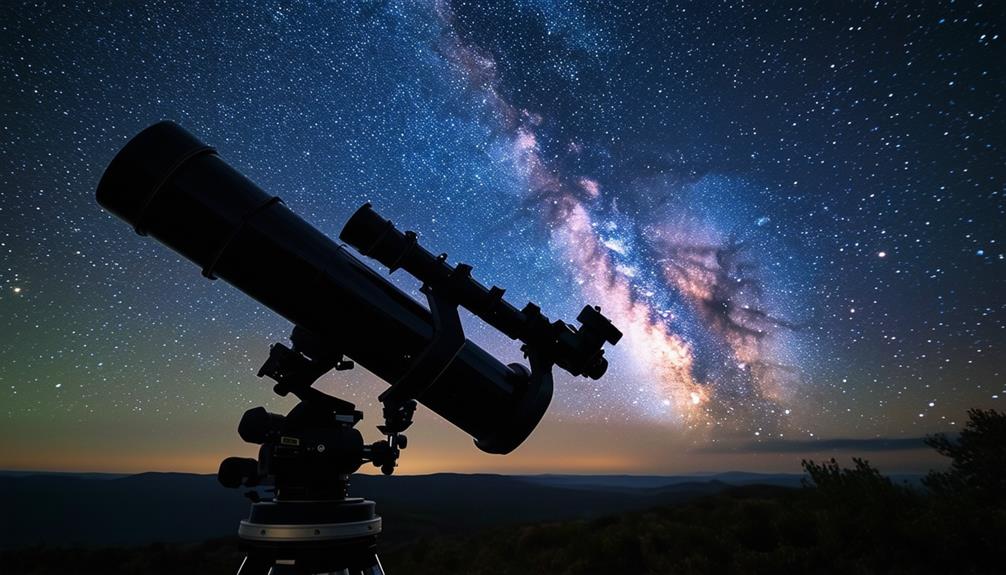
Choosing the right telescope for astrophotography involves several key considerations, including focal length, focal ratio, and your specific imaging goals. You may need to balance between telescopes that offer higher magnification and those that provide a wider field of view. Additionally, light-gathering capability, which is influenced by the telescope's focal ratio, is crucial for capturing detailed images of the night sky. While understanding these factors can be complex, they are essential for selecting the best telescope for your astrophotography needs.
So, how do you navigate these choices to find the ideal telescope?
Key Telescope Attributes
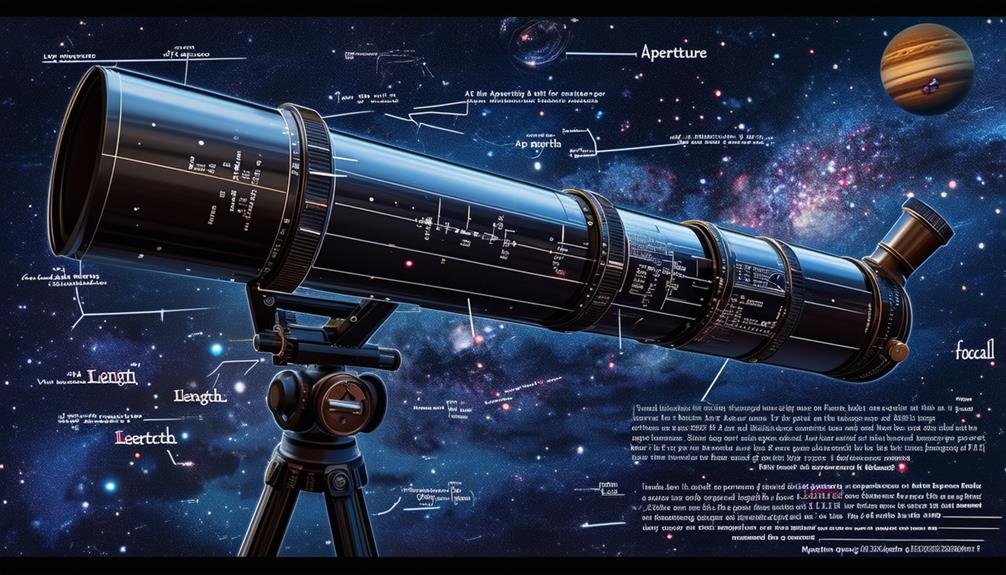
When selecting a telescope for astrophotography, it's important to consider key attributes such as focal length, focal ratio, and aperture size. The focal length determines the magnification of your images, crucial for capturing distant celestial objects in detail. A longer focal length offers higher magnification, while a shorter one provides a wider field of view.
The focal ratio (f-stop) significantly influences your telescope's light-gathering efficiency. A lower focal ratio (f/5 or lower) allows the telescope to gather more light quickly, producing brighter images, which is particularly advantageous for deep-sky astrophotography. Aperture size is equally important. The diameter of your telescope's aperture affects its ability to capture detailed images; larger apertures gather more light, enhancing image quality and resolution.
Additionally, the optical design of your telescope impacts both image quality and maintenance needs. Reflectors, refractors, and catadioptrics each have unique strengths and weaknesses. The type of focuser also matters; a high-quality focuser ensures precise image adjustments and supports potential upgrades in your astrophotography setup. Considering these attributes will help you select a telescope that balances magnification, light-gathering power, and image quality to meet your astrophotography goals.
Imaging Goals and Telescope Types
Selecting the right telescope type is crucial for achieving your specific imaging goals, whether you're aiming to capture detailed lunar landscapes or expansive views of distant galaxies. For planetary astrophotography, opt for a telescope with a longer focal length and a focal ratio around F/10. This setup helps you achieve the detailed resolution needed to capture intricate features of planets and the moon.
For deep-sky objects like galaxies and nebulae, telescopes with short focal lengths and faster systems (around F/4 or lower) are ideal. These configurations allow for wider fields of view and shorter exposure times, essential for capturing faint objects. Compact refractors in the 250-500mm range are particularly effective for nebula photography due to their wide-field capabilities.
Consider your specific imaging goals and the attributes of the telescope when choosing your equipment. A focal reducer can enhance planetary imaging, while good seeing conditions are necessary for capturing clear, high-quality images. Whether you're focusing on planetary details or the vast beauty of deep-sky objects, selecting the right telescope type is key to achieving your astrophotography aspirations.
Recommended Telescopes
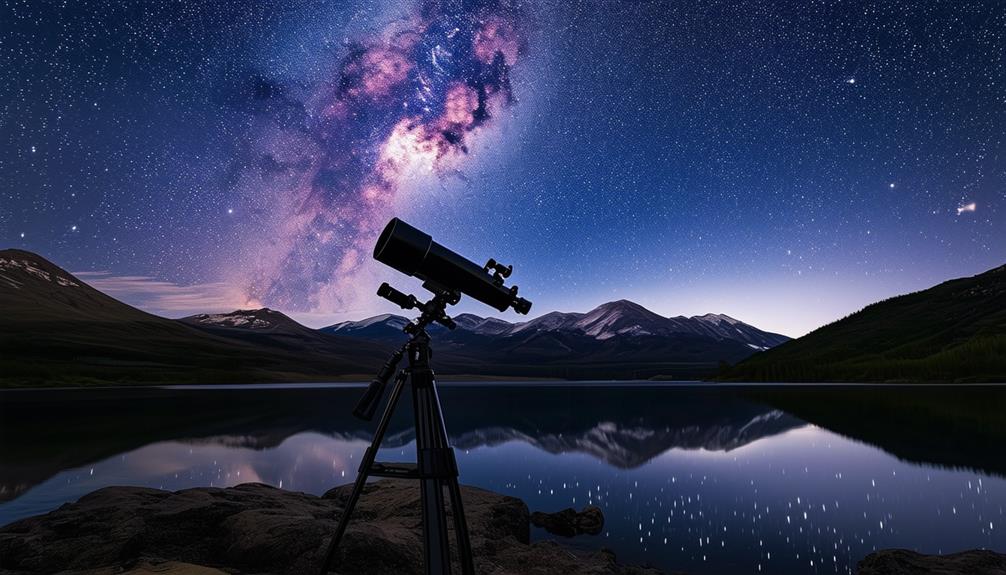
When selecting a telescope for astrophotography, consider versatile options like the Sky-Watcher Esprit 100 ED Triplet APO, ideal for a range of projects. For specialized imaging, the Celestron Edge HD 8 excels in capturing planetary details, while the William Optics RedCat 51 is perfect for photographing large nebulae. Each telescope offers distinct advantages to align with your imaging objectives.
Versatile Telescope Choices
For those looking to capture a variety of celestial objects, the Sky-Watcher Esprit 100 ED Triplet APO offers an adaptable focal length, making it perfect for both deep-sky imaging and detailed lunar and planetary photography. If your focus is primarily on planetary and lunar astrophotography, consider the Celestron Edge HD 8. Known for its reliability, it delivers high-quality, detailed images of celestial bodies.
For deep-sky imaging enthusiasts seeking an affordable yet high-quality option, the Diverse Scientific ED 102 Triplet APO provides sharp and clear views of distant galaxies and nebulae. When targeting large nebulae, the William Optics RedCat 51 excels with its wide-field imaging capabilities, offering stunning results.
Beginners may find the Celestron NexStar 8SE particularly appealing, thanks to its user-friendly design, making it ideal for lunar and planetary photography. Each of these telescopes features unique strengths, ensuring you can find the perfect match for your astrophotography needs.
Specialized Imaging Telescopes
For those seeking specialized imaging solutions, several telescopes excel in capturing specific celestial phenomena with exceptional clarity. The Sky-Watcher Esprit 100 ED Triplet APO is a versatile option with a focal length suitable for various astrophotography projects. Its triplet APO design ensures high-quality images, making it an excellent choice for both deep-sky and planetary imaging.
The Celestron Edge HD 8 is renowned for its ability to capture detailed images of planets, the moon, and galaxies. Its larger aperture provides the clarity and detail needed for high-resolution imagery. For deep-sky imaging, the Explore Scientific ED 102 Triplet APO offers an affordable yet high-quality option. Its superior optics ensure excellent image quality, even for distant celestial objects.
For those who prefer a compact design, the William Optics RedCat 51 is ideal for capturing large nebulae. Despite its small size, it delivers high-quality, wide-field images. Lastly, the Celestron NexStar 8SE is a beginner-friendly, versatile telescope perfect for imaging the moon and planets. Its ease of use and affordability make it an excellent starting point for new astrophotographers.
Essential Accessories
Investing in the right accessories can significantly enhance your astrophotography experience and the quality of your images. Consider using a field flattener or reducer to correct optical distortions and ensure that stars at the edges of your photos are as sharp as those in the center.
A sturdy equatorial mount with precise tracking capabilities is essential for capturing sharp, detailed images of celestial objects. To maintain this accuracy during long exposure sessions, a high-quality autoguiding system is invaluable.
Reducing camera shake is crucial for achieving clear images. A remote shutter release or intervalometer can help you capture smooth, vibration-free shots. Light pollution filters are another important accessory, especially if you're photographing in urban areas. These filters reduce unwanted glare and increase contrast, resulting in more detailed and vibrant astrophotography.
Astrophotography Tips
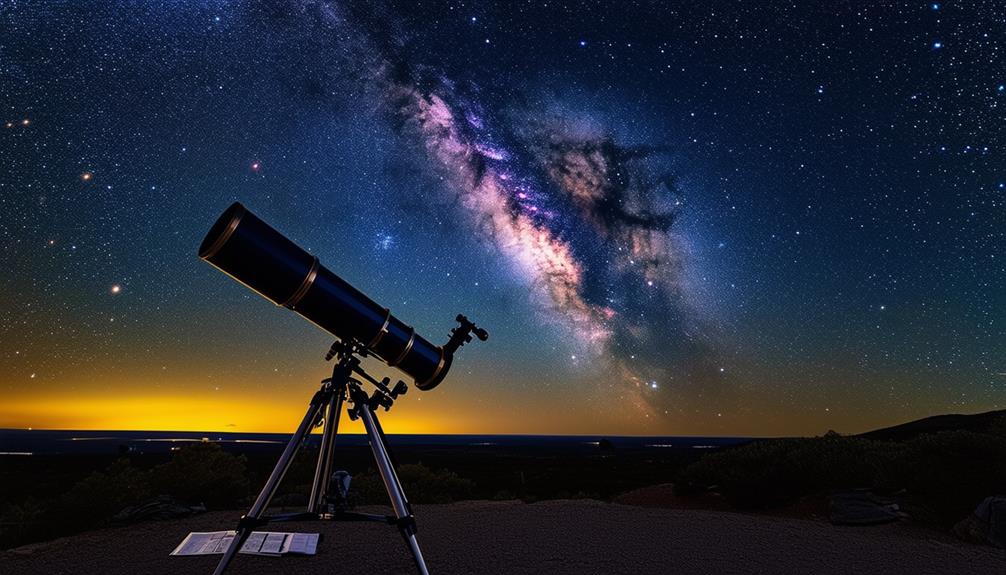
When starting with astrophotography, consider the focal ratio of your telescope to capture optimal brightness and detail. Ensure your mount adequately supports your camera to maintain image stability. Experiment with various cameras and utilize software that offers features like plate solving and auto-focus to enhance your results.
Essential Telescope Features
Understanding the main features of a telescope can greatly enhance your astrophotography results. Start by considering the focal length, as it directly influences both magnification and image scale in your setups. While a longer focal length provides higher magnification, it also makes it more challenging to accurately track celestial objects.
Next, the focal ratio is crucial because it determines how much light your telescope gathers, affecting your ability to capture faint celestial objects. A lower focal ratio signifies a faster telescope, ideal for deep-sky astrophotography.
The aperture size, or telescope diameter, is another critical feature. Larger apertures gather more light, essential for capturing detailed images of distant galaxies and nebulae. Consider the optical design of the telescope, such as refractor or reflector types, as it impacts image quality and maintenance needs. Refractors generally offer sharper images with less maintenance, while reflectors are often more versatile and cost-effective.
Lastly, the focuser type is vital for achieving sharp images. A robust, smooth focuser improves compatibility with additional astrophotography accessories like cameras and filters.
Optimal Imaging Techniques
Mastering optimal imaging techniques can significantly enhance the quality of your astrophotography. Start by using a focal reducer to achieve a lower effective focal ratio, which aids in quicker imaging of deep-sky objects and reduces the exposure time needed. Incorporate auto-guiding systems to maintain precise tracking during long exposure sessions, essential for capturing sharp and detailed images.
Next, implement plate-solving software to ensure accurate alignment and positioning of celestial objects. This software matches the star field in your images to known star catalogs, making it easier to locate and center your targets. Experiment with different exposure times to capture varying levels of detail in your subjects; shorter exposures can highlight bright objects, while longer ones reveal faint structures and intricate details.
Consider using narrowband filters to improve contrast and isolate specific wavelengths, particularly useful for imaging nebulae and galaxies. These filters block out light pollution and emphasize the unique color emissions of various astrophysical phenomena.
Visual and Imaging Telescopes
Choosing between visual and imaging telescopes depends on your primary goal: observing celestial objects or capturing astrophotographic images. For visual observation, telescopes with larger apertures and simpler optical systems often provide the best performance, delivering vivid, crisp images of planets, stars, and galaxies.
Imaging telescopes, however, are designed to capture intricate photos, often featuring shorter focal lengths and specialized designs to accommodate cameras and other imaging equipment. Refractor telescopes are popular for astrophotography due to their sharp image quality and low maintenance.
When selecting a telescope for deep-sky astrophotography, consider the aperture size and focal length, as these factors influence the brightness and detail of your photos. Larger apertures gather more light, crucial for capturing faint objects, while the appropriate focal length helps you frame your targets effectively.
Imaging telescopes are designed to work seamlessly with a variety of cameras, making it easier to produce high-quality images. Dual-purpose telescopes offer the flexibility to switch between visual observing and astrophotography, but always check compatibility with your camera and mount to ensure optimal performance. By focusing on these aspects, you can select the best telescope for your astrophotography needs.
Camera and Software Choices
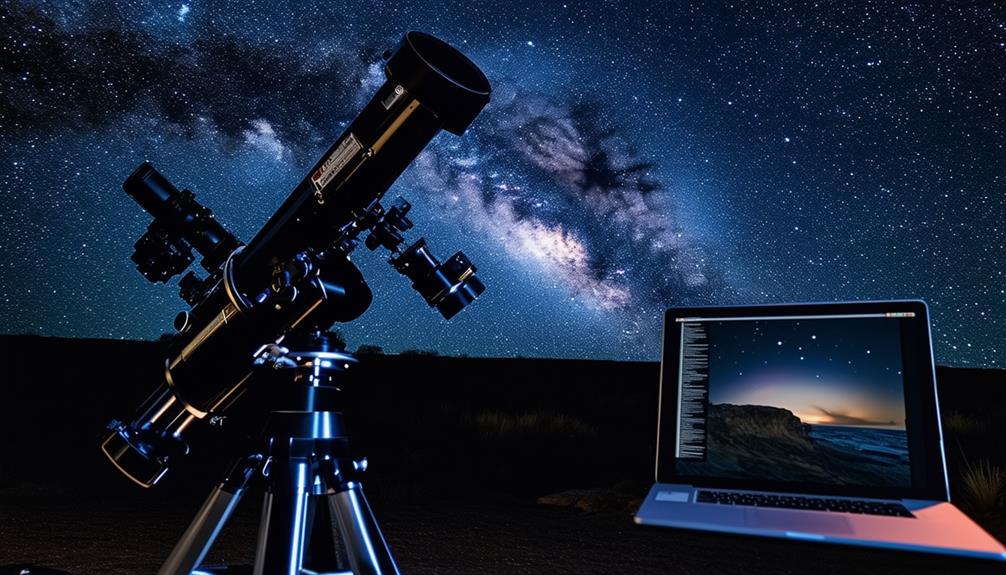
Selecting the right camera and software is crucial for capturing stunning celestial images. DSLR cameras are popular for their versatility and compatibility with various telescope setups. Alternatively, the Atik Infinity camera is highly recommended for its high sensitivity and low noise, making it ideal for deep-sky imaging.
To enhance your astrophotography experience, robust software is essential. Key features like plate-solving, auto-focus, and guiding are vital for achieving sharp and accurate images. Ensure that your chosen software is compatible with your operating system. Free options like KStars offer extensive tools and multi-OS compatibility, making them valuable for any astrophotographer.
Key Factors to Consider:
- Camera Type: Choose between versatile DSLR cameras or specialized options like the Atik Infinity.
- Software Features: Ensure the software includes essential features like plate-solving, auto-focus, and guiding.
- Compatibility: Verify that both the camera and software are compatible with your telescope setup.
- Operating System: Select software that integrates smoothly with your operating system for seamless operation.
Conclusion
When selecting the best telescope for astrophotography, it's essential to consider your imaging goals and key characteristics. Versatile telescopes like the Sky-Watcher Esprit 100 ED Triplet APO and specialized models like the Celestron Edge HD 8 can significantly enhance your night sky photography.
Additionally, don't overlook the importance of essential accessories, a suitable camera, and reliable software. With the right setup, you'll be able to capture stunning celestial images and fully appreciate the beauty of the universe.

